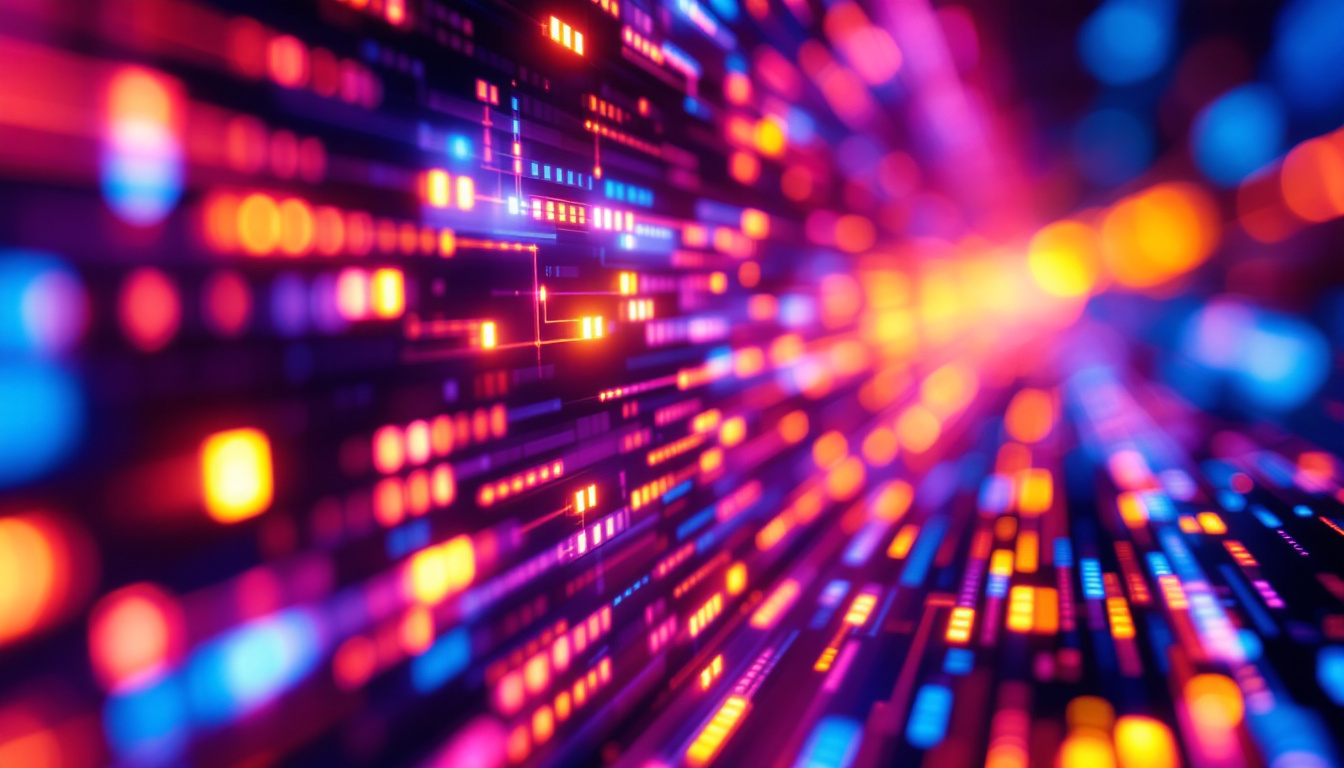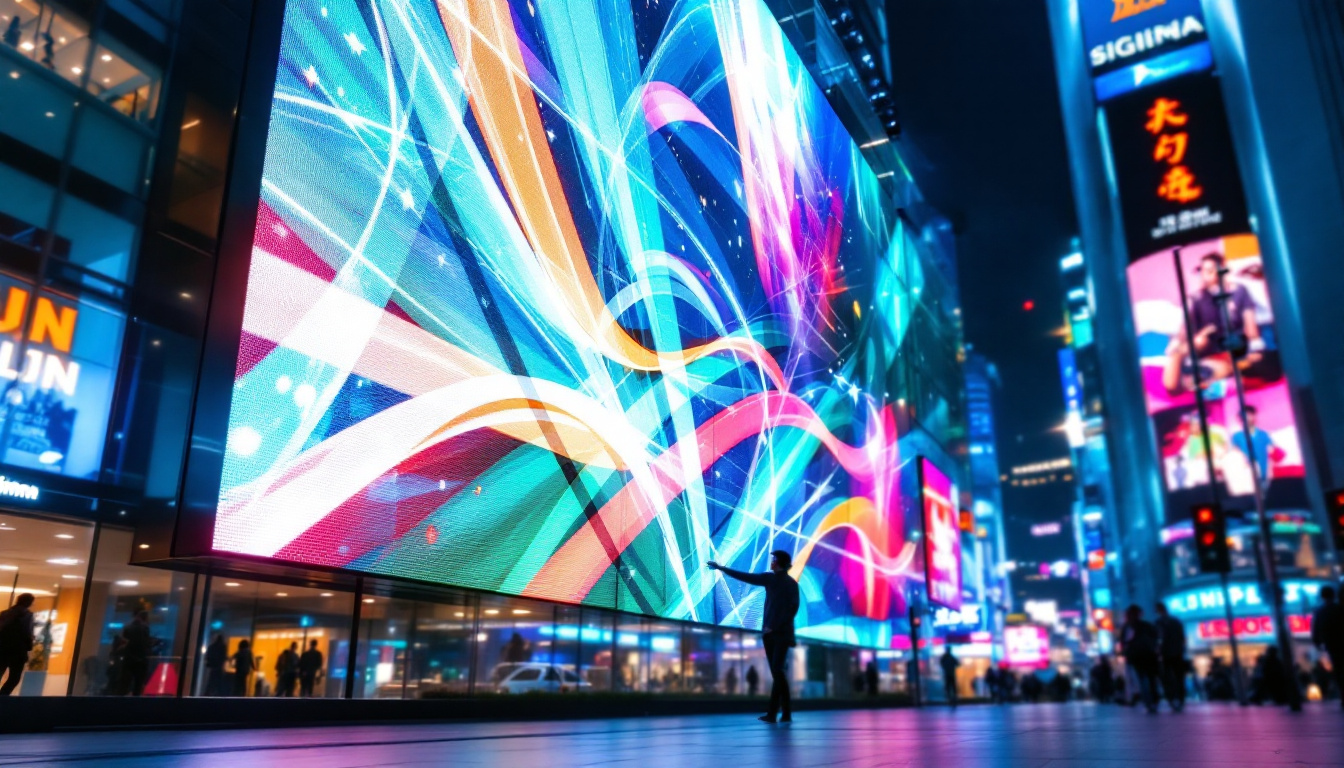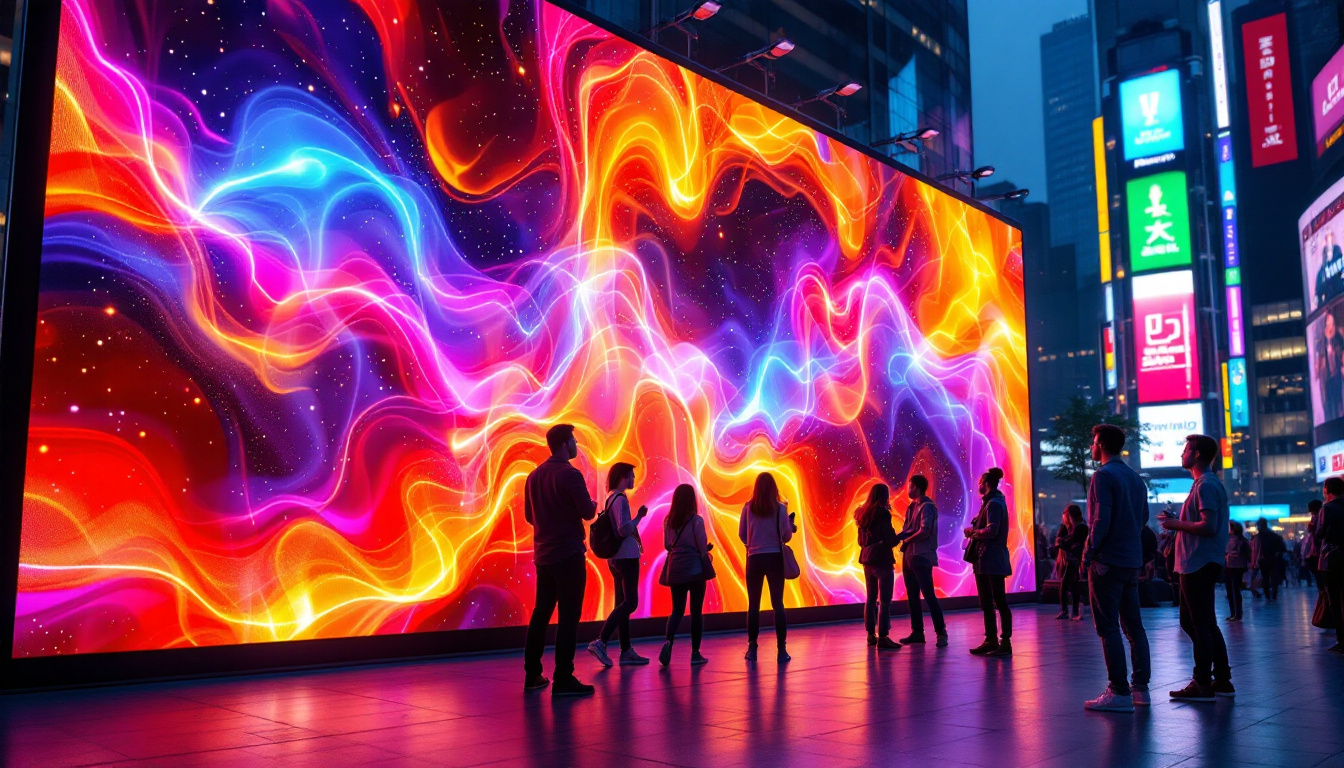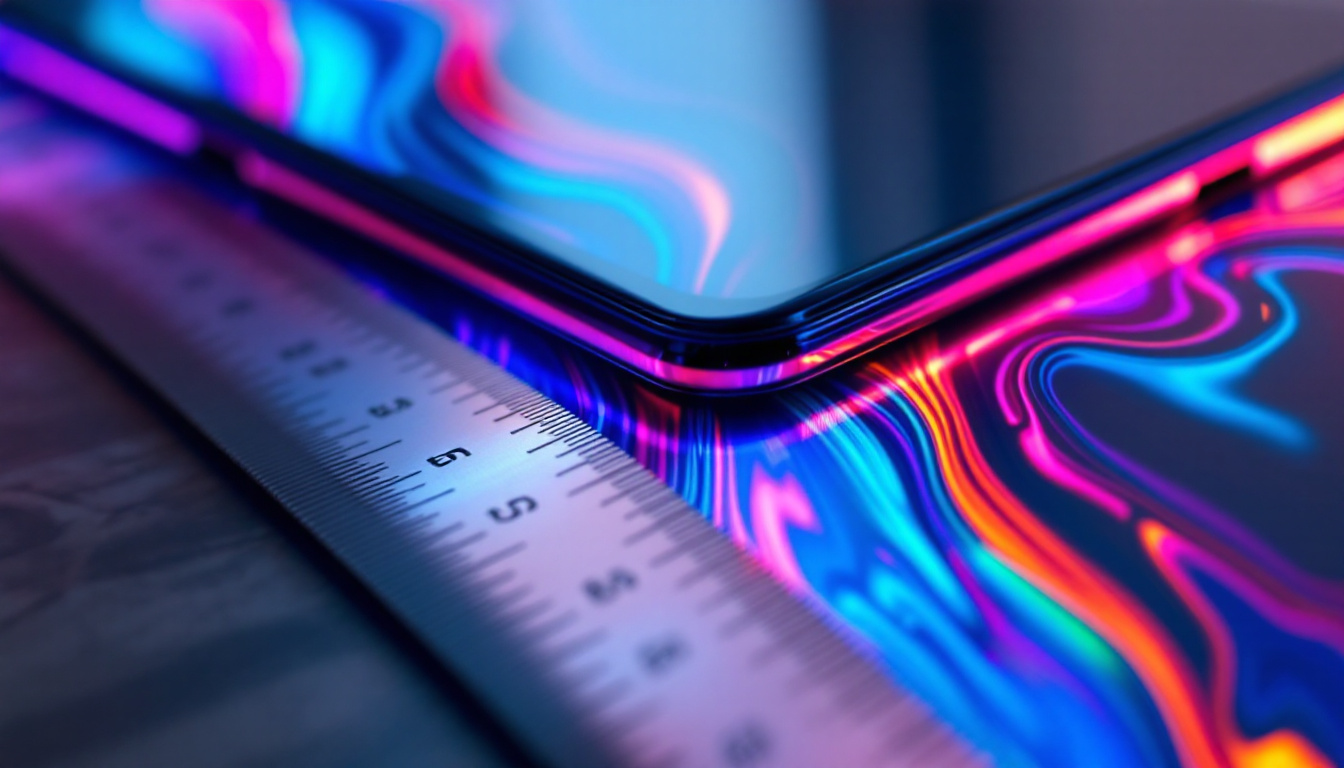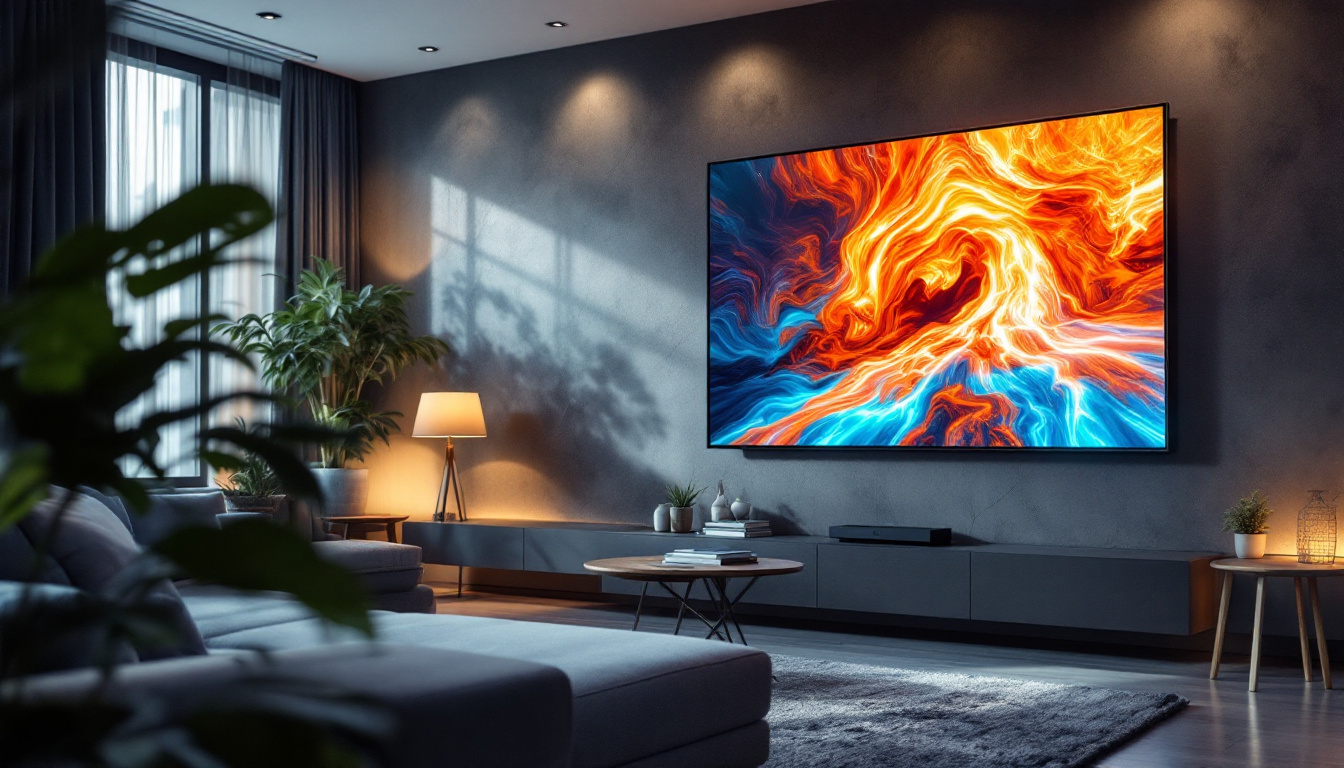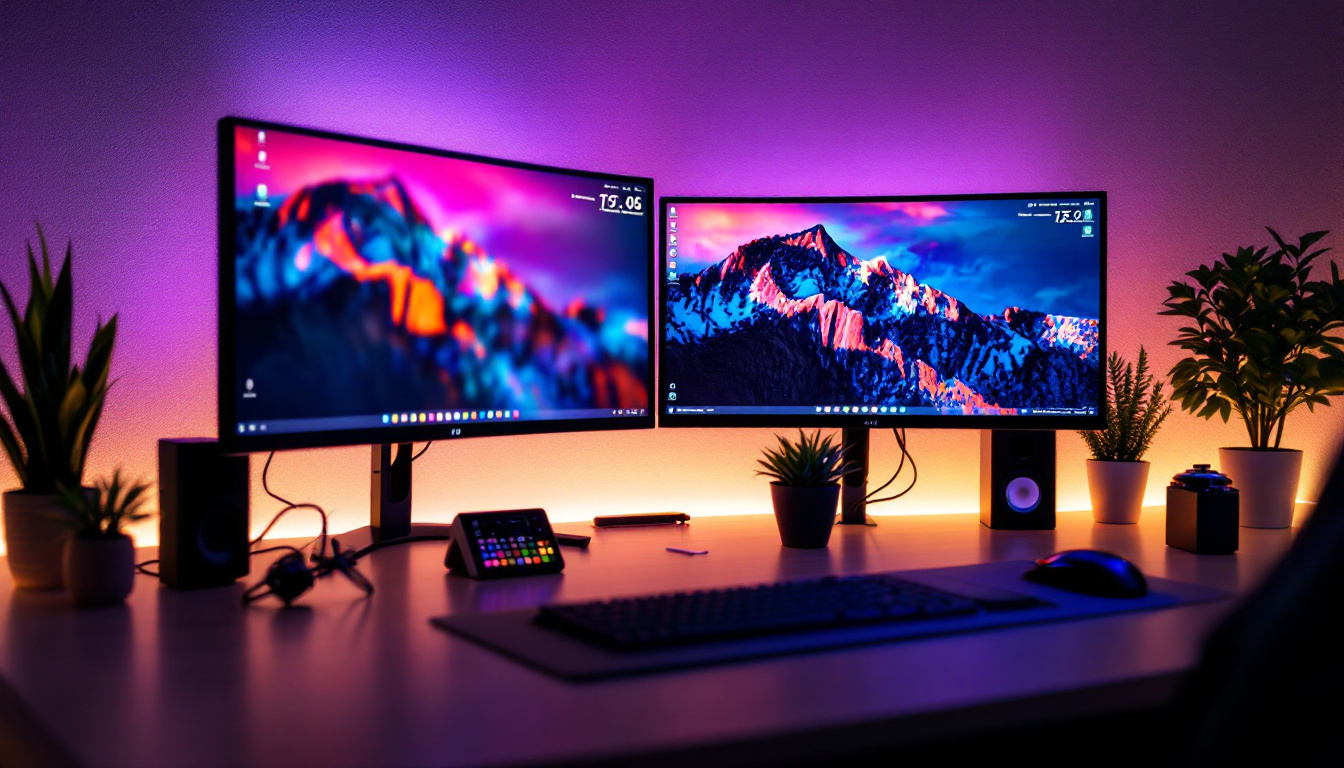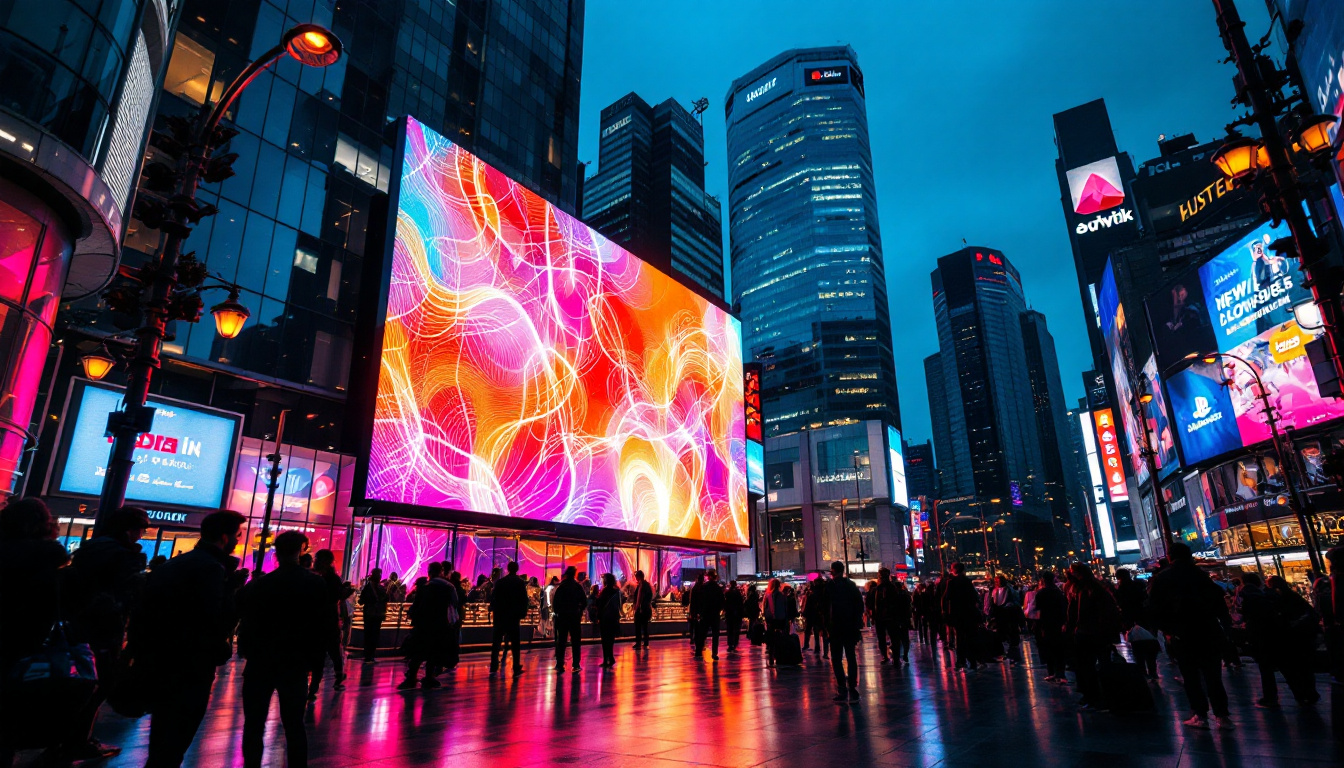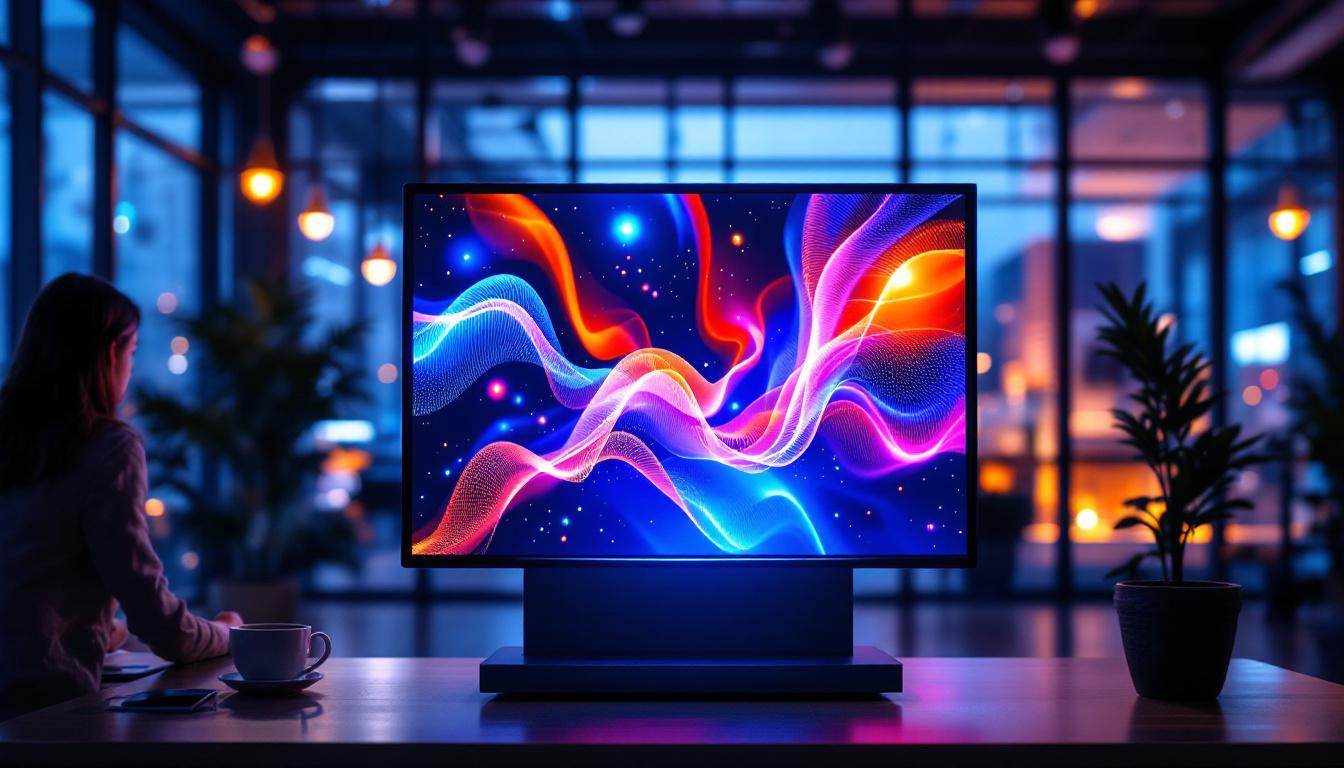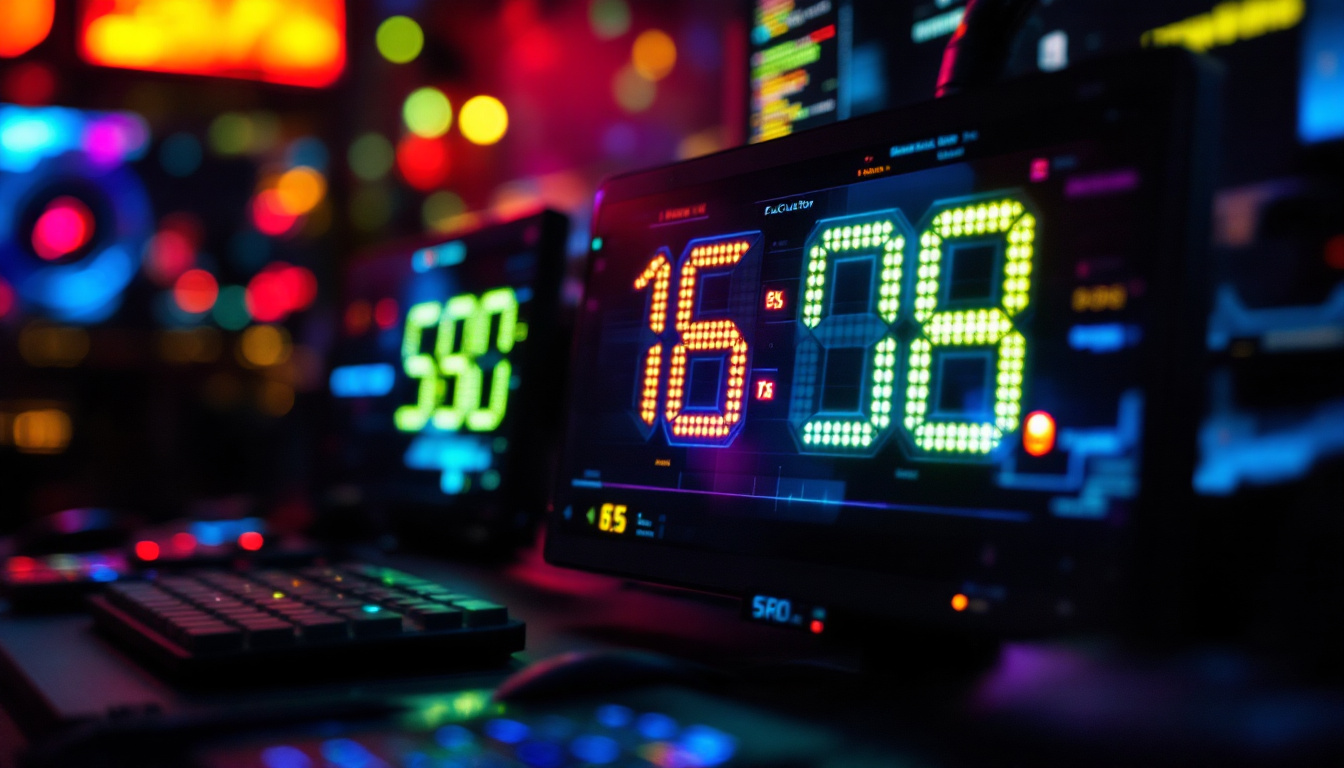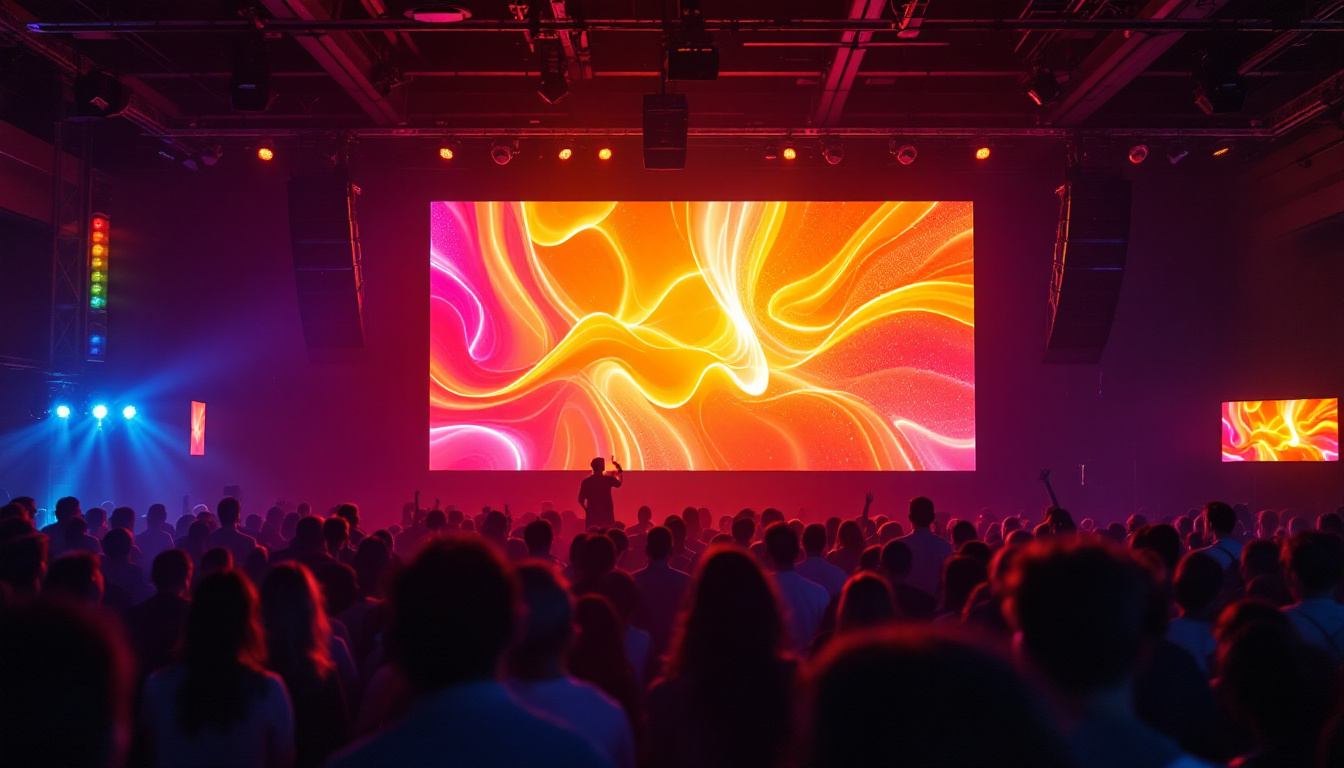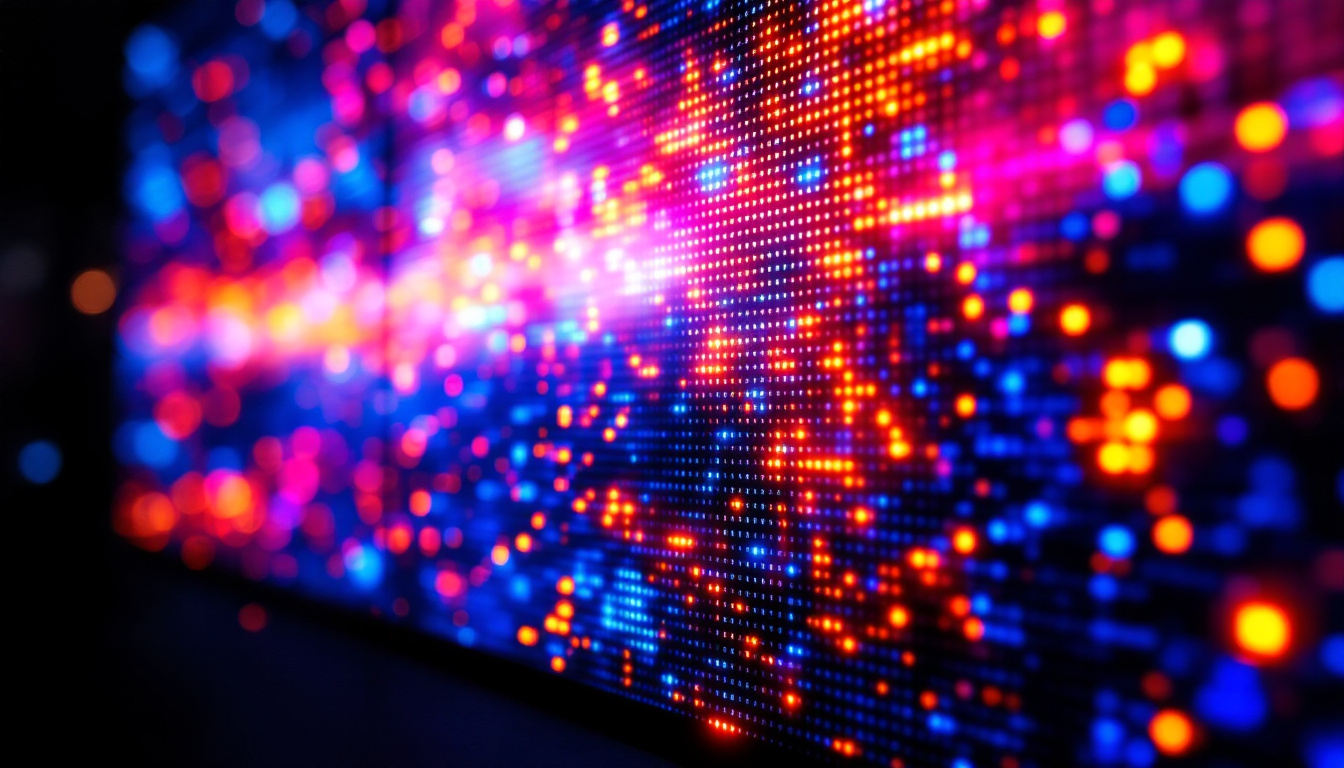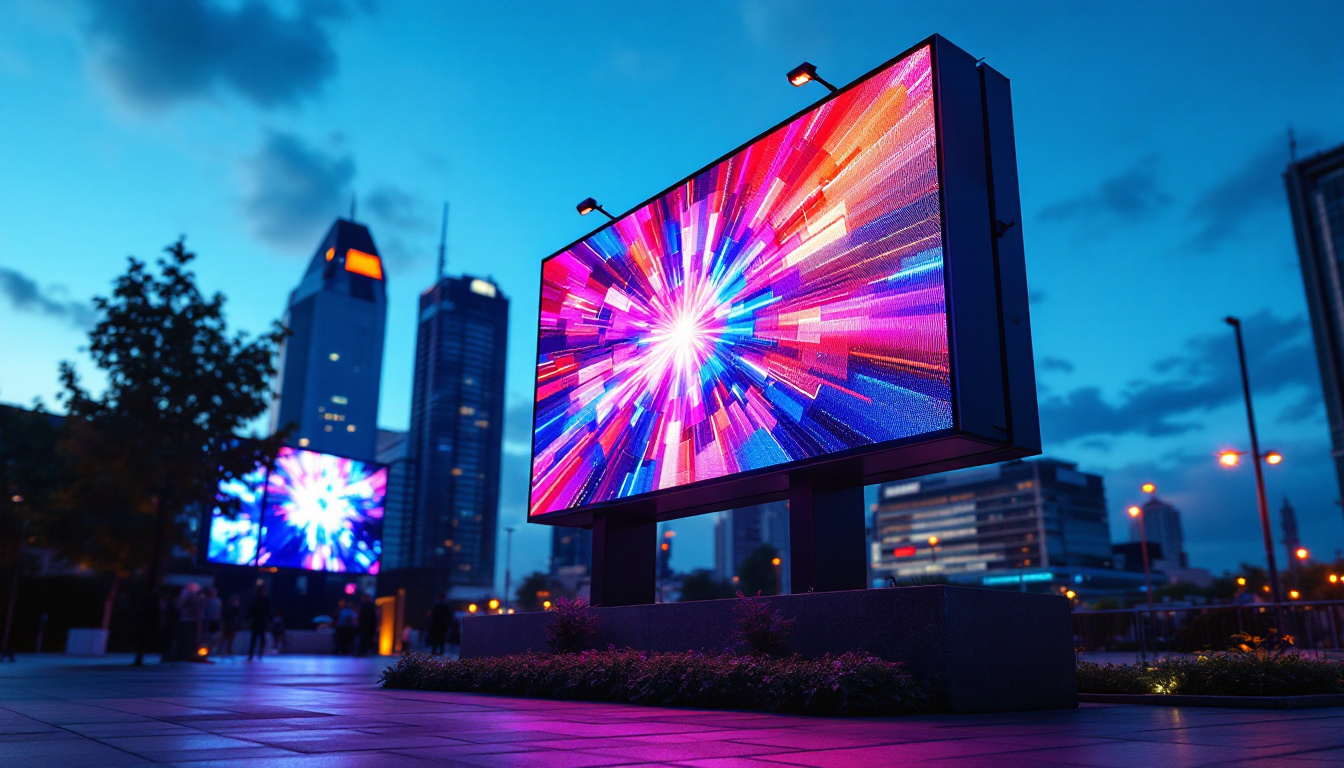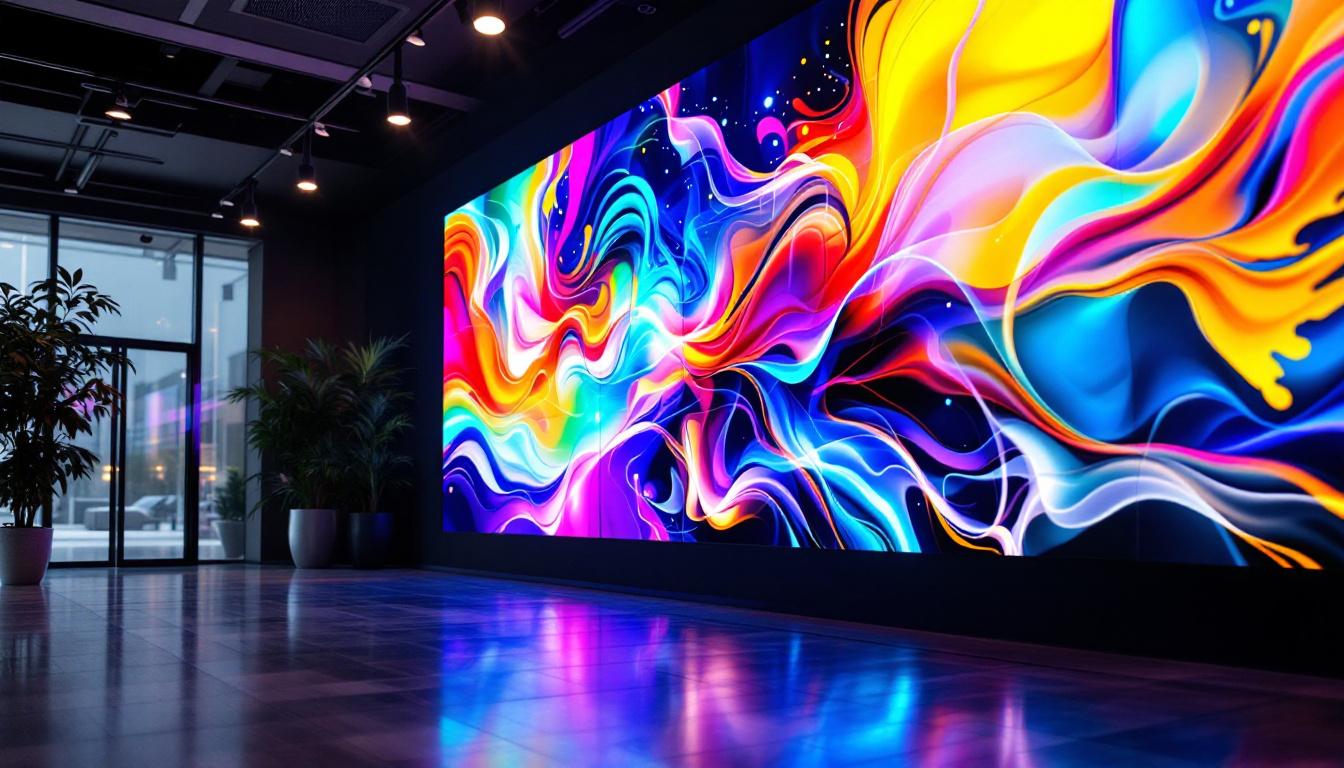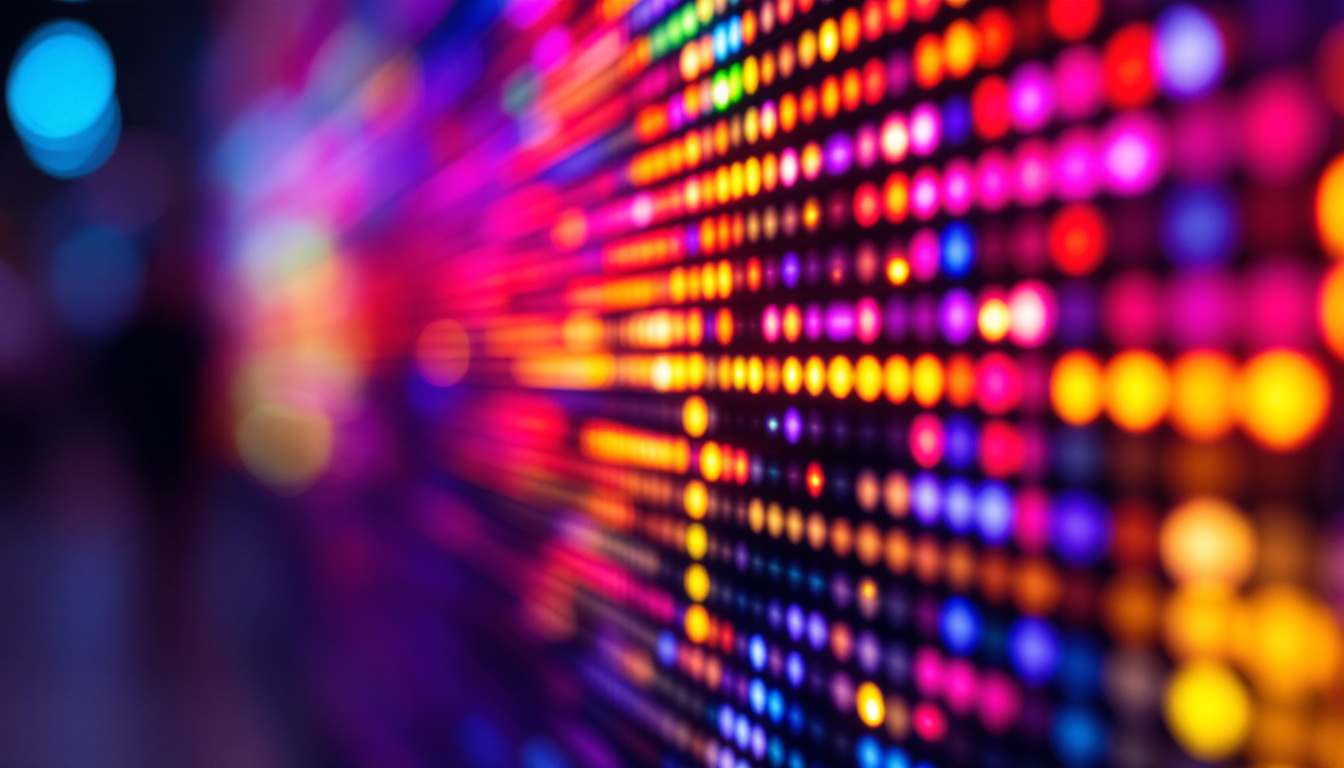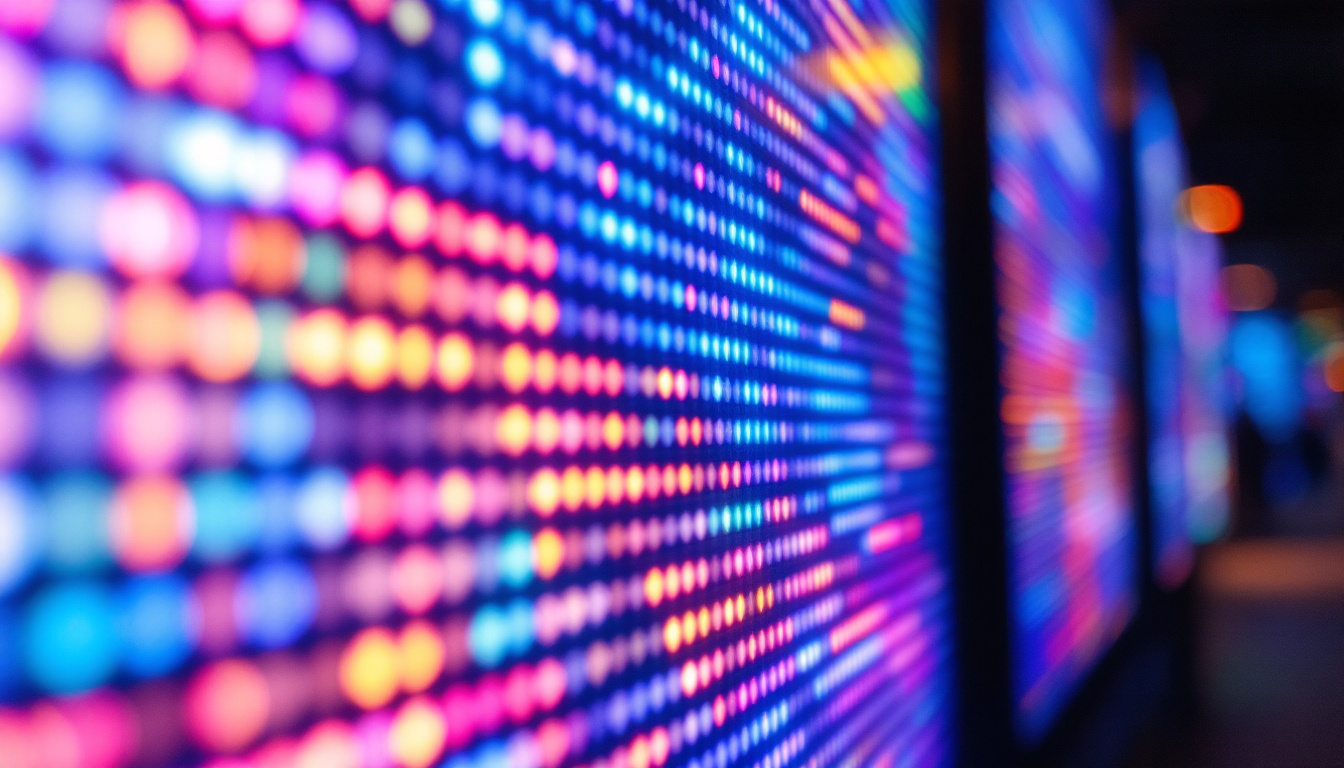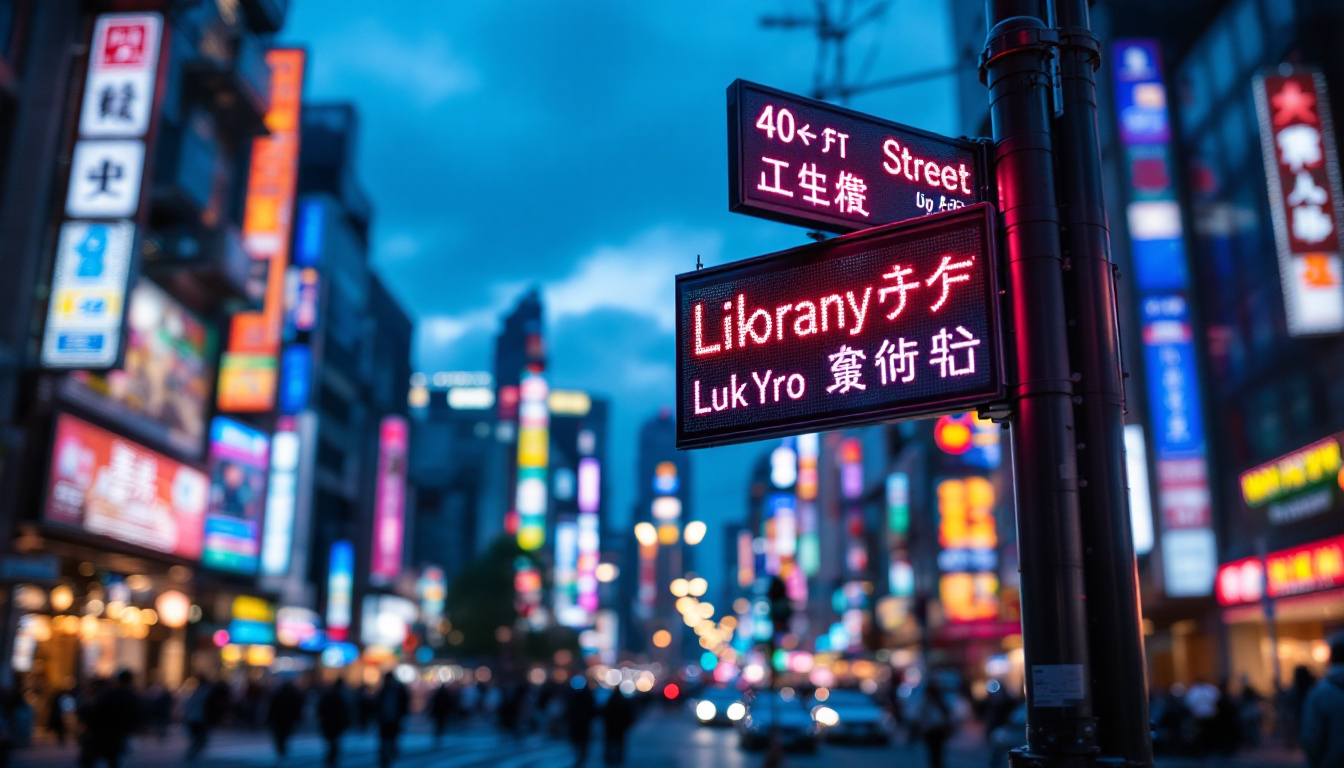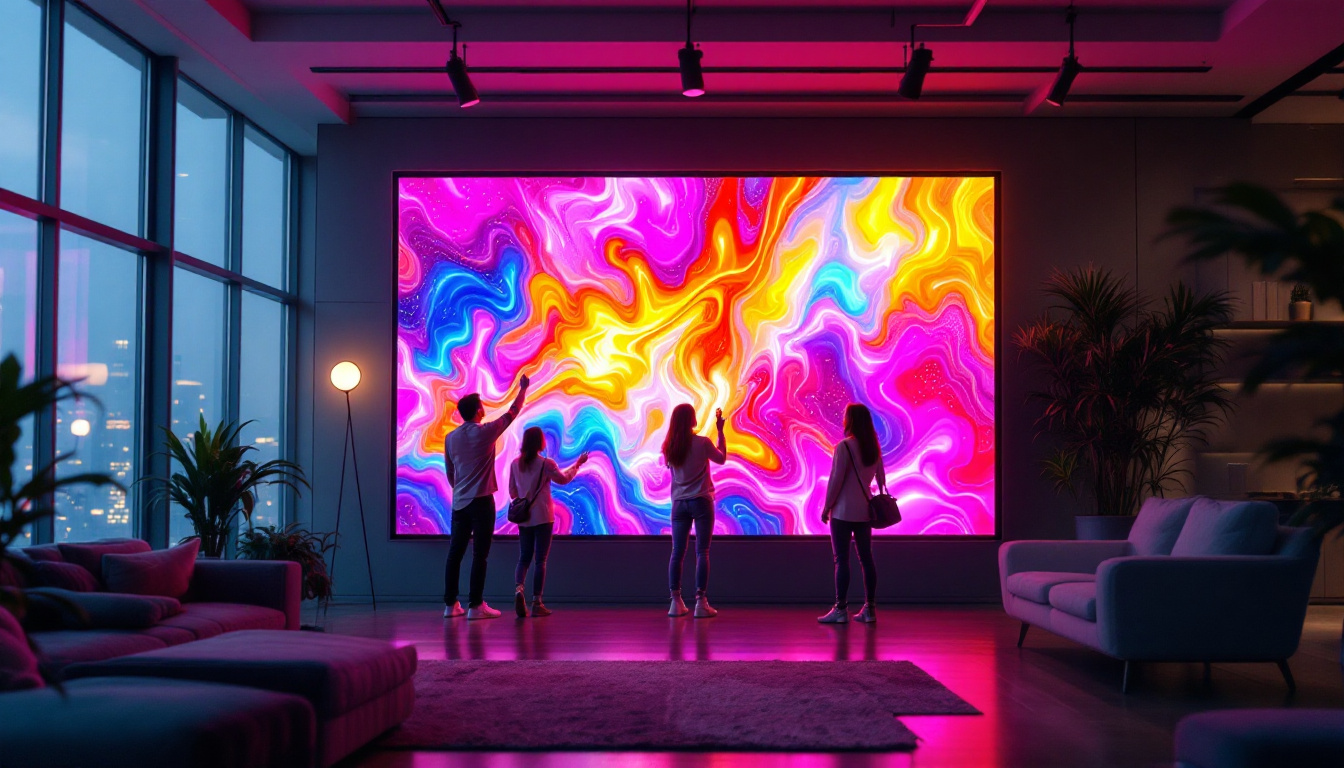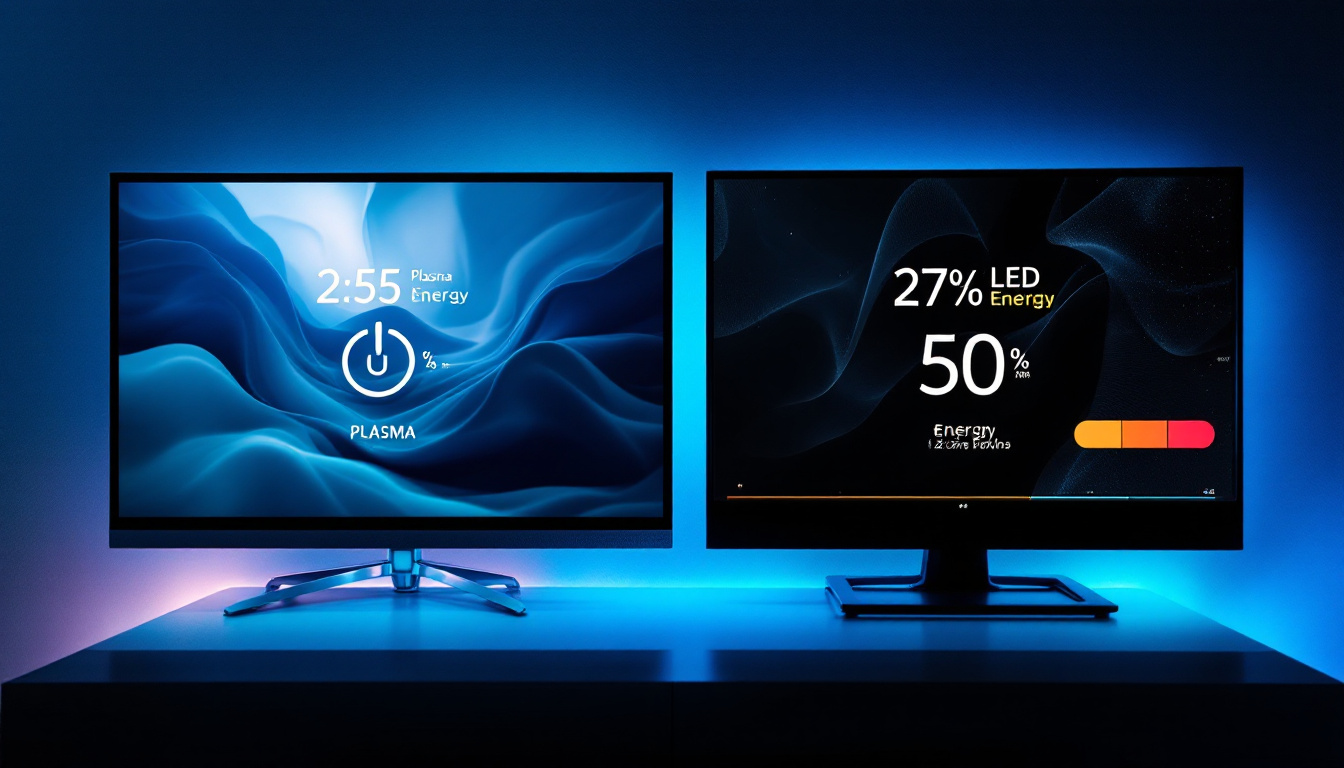In recent years, the display technology landscape has been significantly transformed by the advent of Micro LED technology. This innovative approach to LED displays promises to deliver superior picture quality, energy efficiency, and design flexibility. As the demand for high-performance displays continues to grow across various industries, understanding Micro LED technology becomes essential for consumers and professionals alike.
What is Micro LED Technology?
Micro LED technology utilizes tiny, self-emissive LEDs to create images on a screen. Unlike traditional LCD displays that rely on backlighting, Micro LEDs emit their own light, which allows for deeper blacks and brighter colors. Each pixel in a Micro LED display is composed of microscopic LEDs, typically measuring less than 100 micrometers in size.
How Micro LED Works
The fundamental principle behind Micro LED technology is straightforward yet revolutionary. Each pixel is an individual light source, which means that when a pixel needs to be black, it can be completely turned off. This capability results in an impressive contrast ratio and color accuracy, making Micro LED an attractive option for high-end displays.
Additionally, the modular nature of Micro LED technology allows for the creation of large displays by combining multiple panels. This scalability makes it possible to produce screens of various sizes and resolutions, catering to diverse applications from consumer electronics to large-scale advertising. The flexibility in configuration also means that designers can create unique shapes and sizes for displays, allowing for innovative installations in both commercial and artistic settings.
Comparison with Other Display Technologies
Micro LED technology stands out when compared to other common display technologies such as OLED and traditional LCD. While OLED displays also feature self-emissive pixels, they can suffer from issues like burn-in and limited brightness. In contrast, Micro LEDs are more durable and can achieve higher brightness levels without compromising on color quality.
Traditional LCDs, on the other hand, rely on a backlight, which can lead to less vibrant colors and poorer contrast ratios. Micro LED displays, with their self-emissive nature, provide a significant advantage in terms of overall picture quality. Furthermore, Micro LED technology is energy-efficient, consuming less power than both LCD and OLED displays, which is a crucial factor in the growing emphasis on sustainability in technology. As manufacturers continue to innovate, the potential for Micro LED technology to revolutionize not just consumer electronics, but also industries like automotive and healthcare, is becoming increasingly apparent.
Benefits of Micro LED Displays
The advantages of Micro LED technology are numerous, making it a compelling choice for various applications. From consumer electronics to commercial displays, the benefits are evident.
Superior Picture Quality
One of the most significant benefits of Micro LED displays is their exceptional picture quality. With the ability to achieve perfect blacks and vibrant colors, these displays excel in delivering lifelike images. The high contrast ratio and wide color gamut make them ideal for applications requiring precise color reproduction, such as graphic design and video editing.
Moreover, Micro LED technology supports high dynamic range (HDR) content, enhancing the viewing experience by providing a broader range of brightness levels. This capability allows viewers to enjoy more detailed images in both bright and dark scenes.
Energy Efficiency
Energy efficiency is another critical advantage of Micro LED technology. Since each pixel emits its own light, Micro LED displays consume less power compared to traditional LCDs, especially when displaying darker images. This efficiency not only reduces energy costs but also contributes to a lower environmental impact.
Furthermore, the longevity of Micro LEDs is impressive. They have a longer lifespan than OLEDs, which can degrade over time, particularly when displaying static images. This durability ensures that Micro LED displays maintain their performance over extended periods, making them a wise investment for both consumers and businesses.
Design Flexibility
The modular nature of Micro LED technology allows for unparalleled design flexibility. Displays can be customized in size and shape, enabling manufacturers to create unique screen configurations that fit specific spaces and applications. This adaptability is particularly beneficial for commercial installations, where non-standard display shapes may be required.
Additionally, Micro LED technology can be integrated into various surfaces, including curved and transparent displays, opening up new possibilities for creative applications in advertising and entertainment.
Applications of Micro LED Technology
Micro LED technology is making waves across multiple industries, thanks to its versatility and high performance. From consumer electronics to large-scale installations, the applications are vast.
Consumer Electronics
In the realm of consumer electronics, Micro LED technology is poised to revolutionize televisions and smartphones. Major manufacturers are already exploring the potential of Micro LED displays to deliver enhanced viewing experiences in home entertainment systems. The combination of superior picture quality and energy efficiency makes them an attractive option for consumers seeking high-end displays.
Smartphones are also benefiting from Micro LED technology, with the potential for brighter screens that consume less power. This advancement could lead to longer battery life and improved outdoor visibility, addressing common pain points for smartphone users.
Commercial Displays
Commercial applications of Micro LED technology are equally promising. Retailers and advertisers are leveraging the technology to create eye-catching displays that capture consumer attention. The ability to produce large, high-resolution screens allows businesses to showcase their products and services in a visually stunning manner.
Moreover, Micro LED technology is ideal for digital signage in various environments, including airports, malls, and corporate offices. The flexibility to create custom shapes and sizes enables businesses to tailor their displays to fit specific locations and branding requirements.
Virtual Reality and Augmented Reality
The immersive experiences offered by virtual reality (VR) and augmented reality (AR) are enhanced by Micro LED technology. The high pixel density and rapid response times of Micro LED displays contribute to a more realistic and engaging user experience. As VR and AR applications continue to grow, the demand for high-quality displays will only increase.
Furthermore, the lightweight and compact nature of Micro LED technology makes it suitable for wearable devices, such as smart glasses, where traditional display technologies may fall short.
Challenges Facing Micro LED Technology
Despite its many advantages, Micro LED technology is not without challenges. As with any emerging technology, several hurdles must be overcome for widespread adoption.
Manufacturing Complexity
The manufacturing process for Micro LED displays is notably complex. Each pixel must be precisely placed on a substrate, which requires advanced technology and significant investment in production facilities. This complexity can lead to higher production costs, making it challenging for manufacturers to scale up and meet growing demand.
Additionally, achieving uniformity across large displays can be difficult, as variations in pixel quality can affect overall performance. Manufacturers are continuously working on improving production techniques to address these challenges and enhance yield rates.
Market Competition
As the display technology market evolves, competition is fierce. Established technologies like OLED and LCD are well-entrenched, making it challenging for Micro LED to gain market share. Consumer awareness and education about the benefits of Micro LED technology are crucial for its acceptance.
Moreover, as competitors innovate and improve their own technologies, Micro LED displays must continuously demonstrate their superiority in terms of performance and cost-effectiveness to attract consumers and businesses alike.
Cost Considerations
The initial cost of Micro LED displays remains a significant barrier to entry for many consumers and businesses. While the long-term benefits may outweigh the upfront investment, the higher price point can deter potential buyers. As manufacturing processes improve and economies of scale are realized, it is expected that prices will gradually decrease, making Micro LED technology more accessible.
The Future of Micro LED Technology
The future of Micro LED technology appears bright, with ongoing research and development aimed at overcoming current challenges. As manufacturers refine their production techniques and improve yield rates, the potential for widespread adoption increases.
Advancements in Manufacturing Techniques
Innovations in manufacturing processes are critical to the future success of Micro LED technology. Techniques such as mass transfer methods are being explored to streamline pixel placement and reduce production costs. As these advancements are implemented, the scalability of Micro LED displays will improve, making them more viable for various applications.
Additionally, the development of new materials and processes may enhance the performance and durability of Micro LEDs, further solidifying their position in the display market.
Integration with Emerging Technologies
Micro LED technology is likely to play a significant role in the integration of displays with emerging technologies such as artificial intelligence (AI) and the Internet of Things (IoT). As smart devices become more interconnected, the demand for high-quality displays that can adapt to various environments will grow.
Furthermore, as virtual and augmented reality technologies continue to evolve, the need for high-resolution, responsive displays will drive innovation in Micro LED technology, ensuring its relevance in the future.
Consumer Awareness and Adoption
Building consumer awareness and understanding of Micro LED technology is crucial for its adoption. As more information becomes available about the benefits and applications of Micro LED displays, consumers are likely to become more receptive to this technology. Marketing efforts that highlight the advantages of Micro LED technology will play a vital role in driving its acceptance in the market.
In conclusion, Micro LED technology represents a significant advancement in display technology, offering numerous benefits including superior picture quality, energy efficiency, and design flexibility. While challenges remain, ongoing innovations and consumer education will pave the way for its widespread adoption across various industries. As the technology continues to evolve, it is poised to reshape the future of displays, creating exciting possibilities for both consumers and businesses alike.
Discover the Future of Visual Experience with LumenMatrix
Ready to elevate your visual communication with the latest in Micro LED technology? LumenMatrix is at the forefront of LED display innovation, offering a wide array of solutions that transform any space into a dynamic visual environment. From captivating Indoor LED Wall Displays to versatile Outdoor LED Wall Displays, and from engaging Vehicle LED Displays to sleek LED Poster Displays, our products are designed to make your brand stand out. Experience the future of display technology with our LED Sports Displays, interactive Floor LED Displays, and the revolutionary All-in-One LED Display. Embrace the clarity and impact of LumenMatrix’s Custom LED Displays and LED Transparent Displays. Check out LumenMatrix LED Display Solutions today and join the revolution in visual storytelling.

